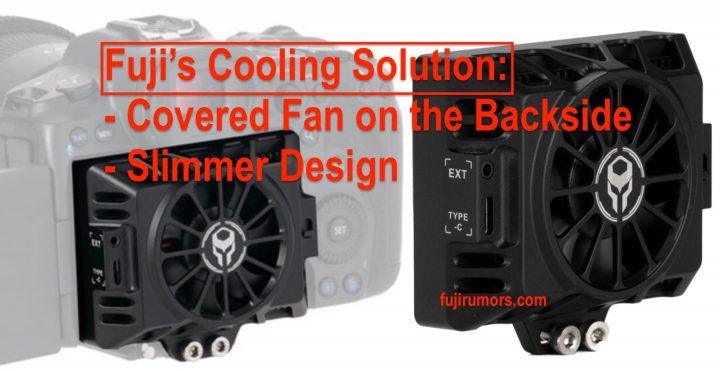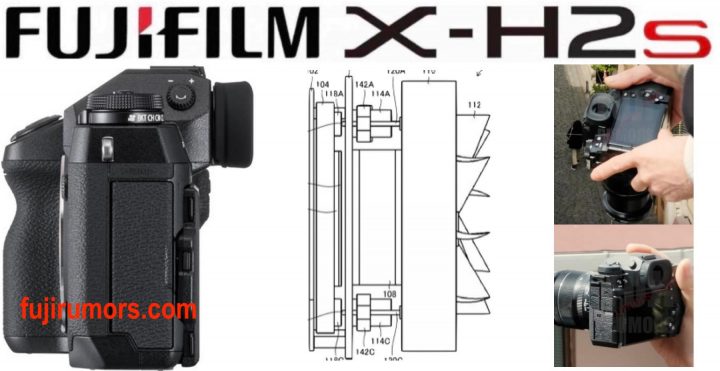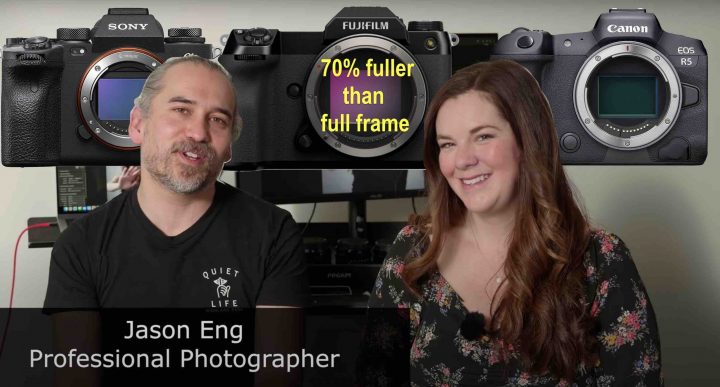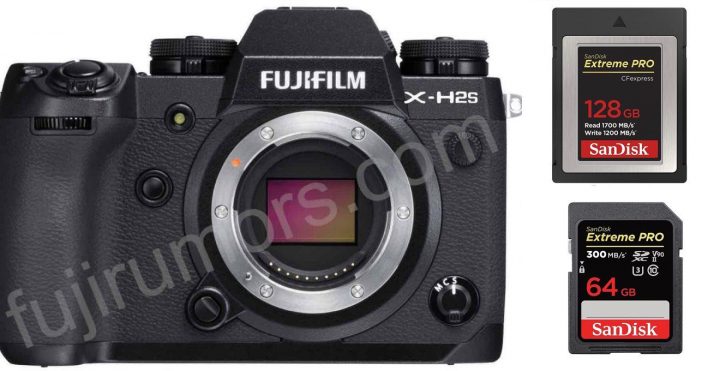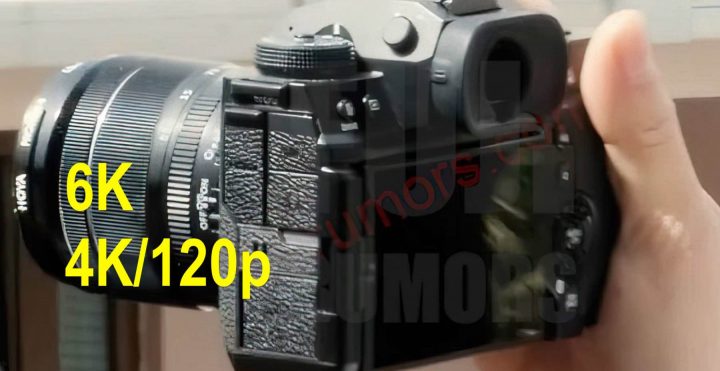Fujifilm X-H2S Active Cooling Accessory Additional Details (Better than Canon R5 Tilta)
We shared the rumor about an external cooling accessory that Fujifilm will offer for the Fujifilm X-H2S.
When we shared that rumor, some mentioned that Fuji’s solution reminded them of the Tilta Cooling System for the notoriously badly overheating Canon EOS R5.
Hence, many were thinking that also Fuji’s solution would imply a fully exposed fan on the backside spinning on your face and cutting off your nose ;).
But that’s not the case of the active cooling accessory for the Fujifilm X-H2S. The backside of the accessory will be nicely and safely covered.
Also, the Tilta Cooling Accessory is definitely rather thick.
But keep in mind, Canon did not design the R5 with any active cooling accessory in mind. This means that Tilta is kind of an improvised solution.
However, Fujifilm did design the X-H2S with this accessory in mind, so they have installed proper heat sinks and attachments that will allow for efficient cooling.
What this means for us in real life, is that the accessory itself will be also slimmer than the Tilta.
So, don’t worry: Fujifilm’s cooling accessory for the Fujifilm X-H2S will be overall a much more elegant, functional and efficient solution than the improvised Tilta cooling rig.
And remember: never judge anything based on rumors. Always wait for the official announcement (in our case May 31) to see by yourself, read the reviews and finally make your conclusions.
On my side I confirm: I believe this is a brilliant solution.
- Tilta Cooling System – price and specs
Fujifilm X-H2 and X-H2S rumored specs list:
- Fujifilm X-H2 coming with new 26MP sensor and new 40MP sensor
- Active Cooling performed via dedicated accessory and here is how it works
- Fujifilm X-H2S to offer animal/object AF tracking
- First Leaked Hands on Images
- Fujifilm X-H2S Compatible with CFexpress Cards as well as SD-Cards – more precisely CFexpress Type B
- Fujifilm X-H2S to record 6K video as well as 4K/120p
- Fujifilm X-H2s with flippy screen
- Fujifilm X-H2S to be announced before Fujifilm X-H2
- Fujifilm X-H2S with Stacked Sensor
- Fujifilm X Summit on May 31
- no in-camera active sensor cooling like Panasonic S1H & Co (and described in this Fujifilm patent).
- one of the two X-H2 to be called Fujifilm X-H2S
- Fujifilm X-H2s is the name of the 26MP version
- Fujifilm X-H2 coming 2022
- Fujifilm X-H2 will shoot 8K DCI/UHD
- Fujifilm X-H2 will cost less than $2,500 – and that’s a big deal
- Fujifilm X-H2 will be first X series camera to use new sensor and processor
- Fujifilm X-H2 with X-Trans sensor – any why this is good news – confirmed by Fujifilm
- 40 Megapixel sensor
- there will be 2 Fujifilm X-H2 cameras
- the two Fujifilm X-H2 cameras will have two different sensors
- one X-H2 has 40 megapixel, the other has another megapixel number
- second Fujifilm X-H2 will have 26 megapixel
- announcement in May 2022
- two grip options for Fujifilm X-H2 cameras – significant price difference between the two options
The Fastest Growing Fujifilm Group
- Fujifilm Film Simulation Group (100% Fuji Colors Power)
Follow FujiRumors on Patreon, Facebook, Instagram, RSS-feed, Youtube, Flipboard and Twitter
Join Our Owners Groups

